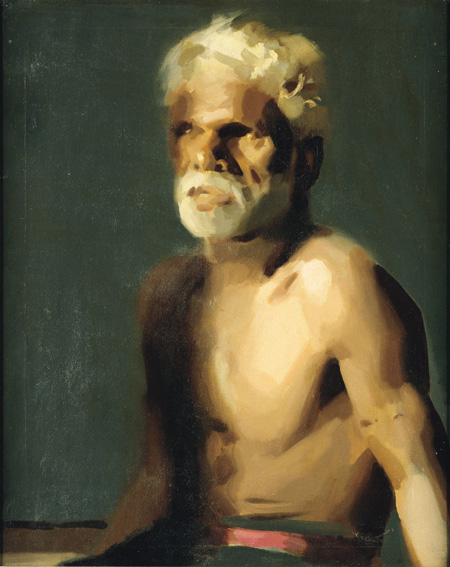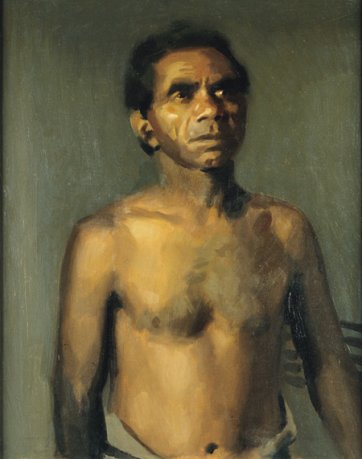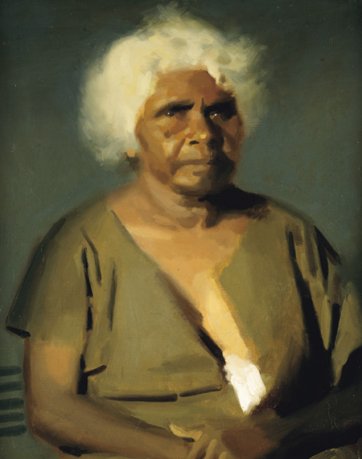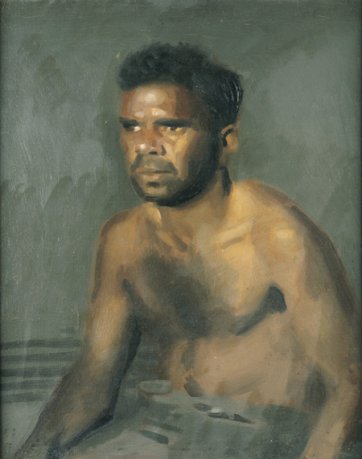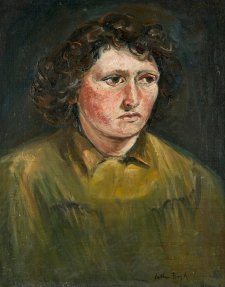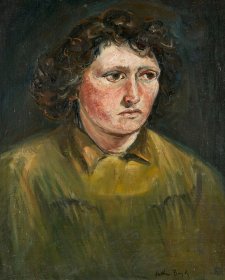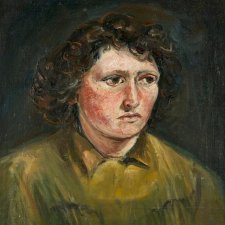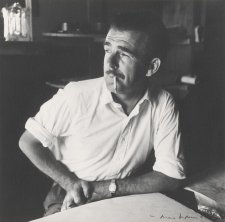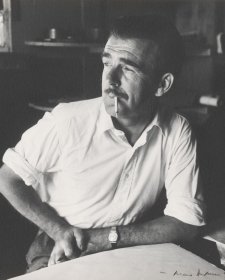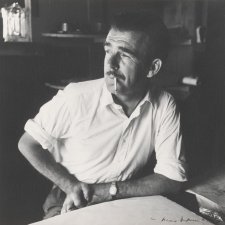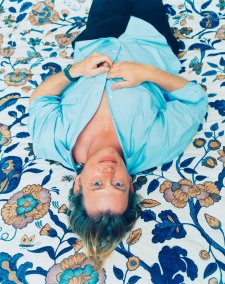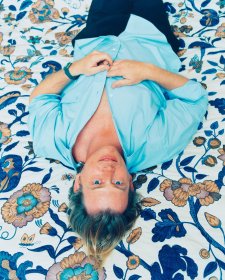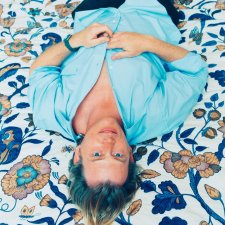During the two inter-war decades of the twentieth century theories were in abundance - theories of life, of science, of anthropology and of art. Max Meldrum’s scientific theory of seeing and painting had many adherents and, while Meldrum’s theory produced a great deal of doctrinaire painting, it also provided a framework for many fine works of art. Percy Leason was a thorough-going Meldrumite and he, too, believed in the possibility of an objective mode of painting. This led to his most important series of paintings - the group of Aboriginal portraits presented in this exhibition.
The circumstances under which Leason’s paintings were made have changed. They were painted, after all, as part of the celebrations surrounding the European colonisation of Victoria. We now know far more about the cost of that colonisation for Victoria’s indigenous people than Leason’s audience in 1934 were prepared to acknowledge. Yet the objectivity of these paintings - the way in which the artist sought truth in the faces of his subjects - has allowed them to transcend their original context in time and to speak directly to a present generation.
What is being recognised in this exhibition Recognition? Firstly, the lives of the people in the paintings and secondly, continuity - the descendants of these portrait sitters and their various communities in Victoria. Thirdly, the exhibition recognises a body of very fine paintings which deserve to be better understood as a significant part of Australia’s portrait heritage. Finally, I hope the exhibition recognises another aspect of Australia’s history which has recently been dramatically brought to our attention by the revelations of the lives of the stolen generation.
The National Portrait Gallery is committed to widening a public understanding of Australia’s history through the lives of individual people. We are proud to be able to bring to light this body of portraits and we are grateful to all those who have worked with us; the descendants of the portrait subjects and their communities, the State Library of Victoria and the Koorie Heritage Trust, exhibition curator Michael Galimany, Sandra Smith and contributors to the catalogue Doris Paton and Sylvia Kleinert.
Andrew Sayers
Director
